Washington, DC
“My fellow Americans, this is Liberation Day,” Donald Trump told the audience that had gathered in the White House’s Rose Garden for the official signing of his executive order to put import levies on goods imported to the United States from around the world. There was no hesitation, there were no caveats: only utter enthusiasm from both the President and almost his whole cabinet, who cheered Trump on as he declared April 2 “the day America’s destiny was reclaimed.”
Vice President J.D. Vance, Health Secretary Robert F. Kennedy Jr., Secretary of State Marco Rubio, Secretary of Homeland Security Kristi Noem and House Speaker Mike Johnson were just some of the attendees, all of whom sat in the front row. Also present were two key players in today’s announcements: Treasury Secretary Scott Bessent and Commerce Secretary Howard Lutnick – the former having to manage the market turmoil of the past few weeks, the latter thought to have played a big and sometimes controversial role in today’s tariffs decision (suggesting a recession would be “worth it” to bring in a much bigger tariff regime).
Trump’s announcements, which had been held back until the Rose Garden ceremony for maximum effect – and entertainment – are a combination of the proposals he was said to be considering, even in the last hours leading up to “Liberation Day.” The President announced a baseline 10 percent tariff on all imports from all countries and a universal 25 percent tariff on all foreign-made automobiles, which takes effect at midnight tonight. But rather than announcing a universal tariff levy on all countries, he opted for “reciprocal tariffs” – or rather, “discounted reciprocal tariffs.”
“They do it to us, we do it to them” said the President at the start of his speech. “Can’t get simpler than that.” But what Trump went on to announce was not exactly tit-for-tat. Rather, the US will be ushering in what he calls “kind, reciprocal” tariffs. Taxes are going up on imports from foreign countries, but America is applying a discount, he says, so tariffs on foreign goods are still lower than what most countries are slapping on US goods. China, for example, will experience a 34 percent “discounted reciprocal tariffs” compared to the 67 percent Trump claims China puts on US goods. The European Union will experience 20 percent levies, compared to the estimated 39 percent Trump also says is put on US goods. “We’re a very kind people, we’re very kind,” the President said of Americans. But “not so kind when you get ripped off.”
It’s important to note that Trump’s team has calculated other country’s tariff levy by factoring in “currency manipulation” and broader “trade barriers,” which include customs processes and quotas. Expect plenty of countries to dispute these calculations.
Trump repeatedly emphasized that the tariffs were not a punishment on the people of any individual country. “They like me, I like them,” he said of the Vietnamese. But of the country’s tariff regime: “The problem is, they rip us off.” Trump’s message to the world was that “economic surrender” was no longer taking place. But “I don’t blame the people,” he insisted. “I blame the people who sat in that office right there” – pointing to the Oval Office, He didn’t seem to simply be referencing his Democratic predecessor, but seemingly the many presidents who came before him that traded at different tax rates.
The individual tariff levies were held up on an easel by the President (brought up to the stage by Lutnick), passed out to reporters in packets and propped up in the White House briefing room after the event. The big distinctions in levies put countries such as the United Kingdom and Australia in positions to interpret themselves as lucky, or very unlucky. Both countries will experience a 10 percent levy on their goods exported to America: the lowest rate possible under the new tariff regime (half that of the EU’s levies). But it is genuinely reciprocal in the eyes of the Trump administration. No discounts.
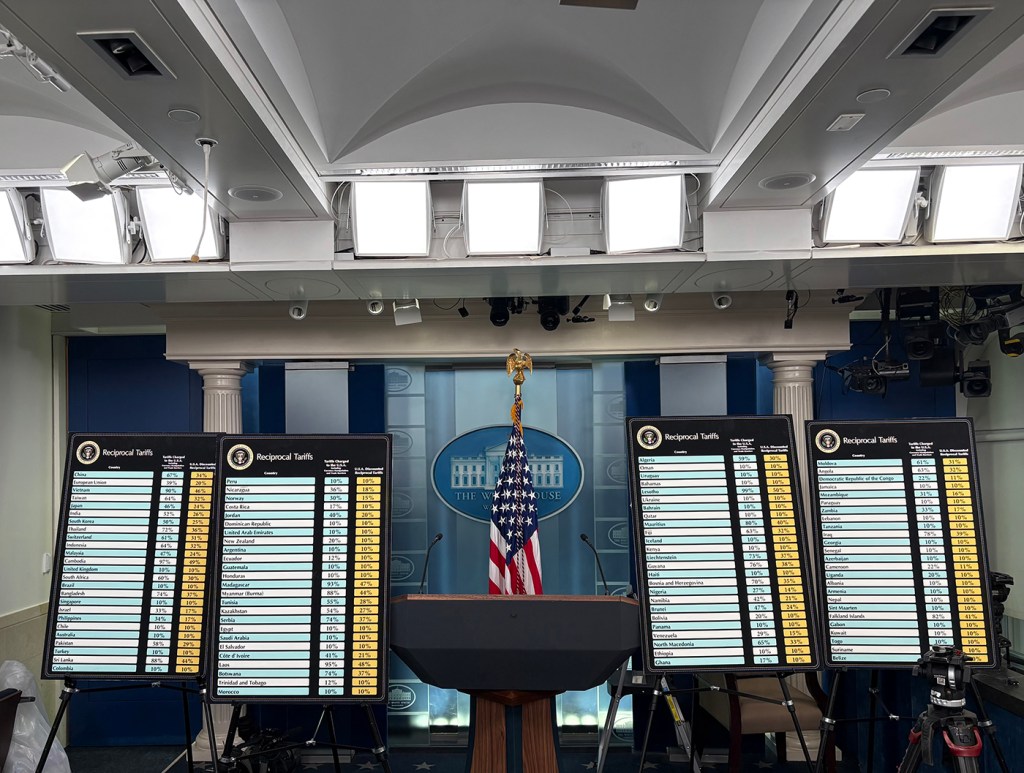
Despite the upheaval of decades’ worth of established trade policy, the ceremony turned out to be a rather intimate affair. The world tuned in to the garden which hosted a relatively small audience made up of the President’s cabinet and union workers, particularly from the auto industry – easily the President’s most vocal supporters during the one-hour event. A band blasted patriotic American songs.
The crowd was dominated by suits and hardhats: union workers showed up in their yellow vests and their decorated MAGA hats, with stickers representing their unions or emblazoned with slogans such as “Make Coal Great Again.” Today was their moment, as much as it was the President’s; at one stage Trump brought a union representative onto the stage to praise the new tariff regime. When it was time to give away a MAGA hat, it went straight to the union reps: “They deserve it more than the cabinet,” Trump said.
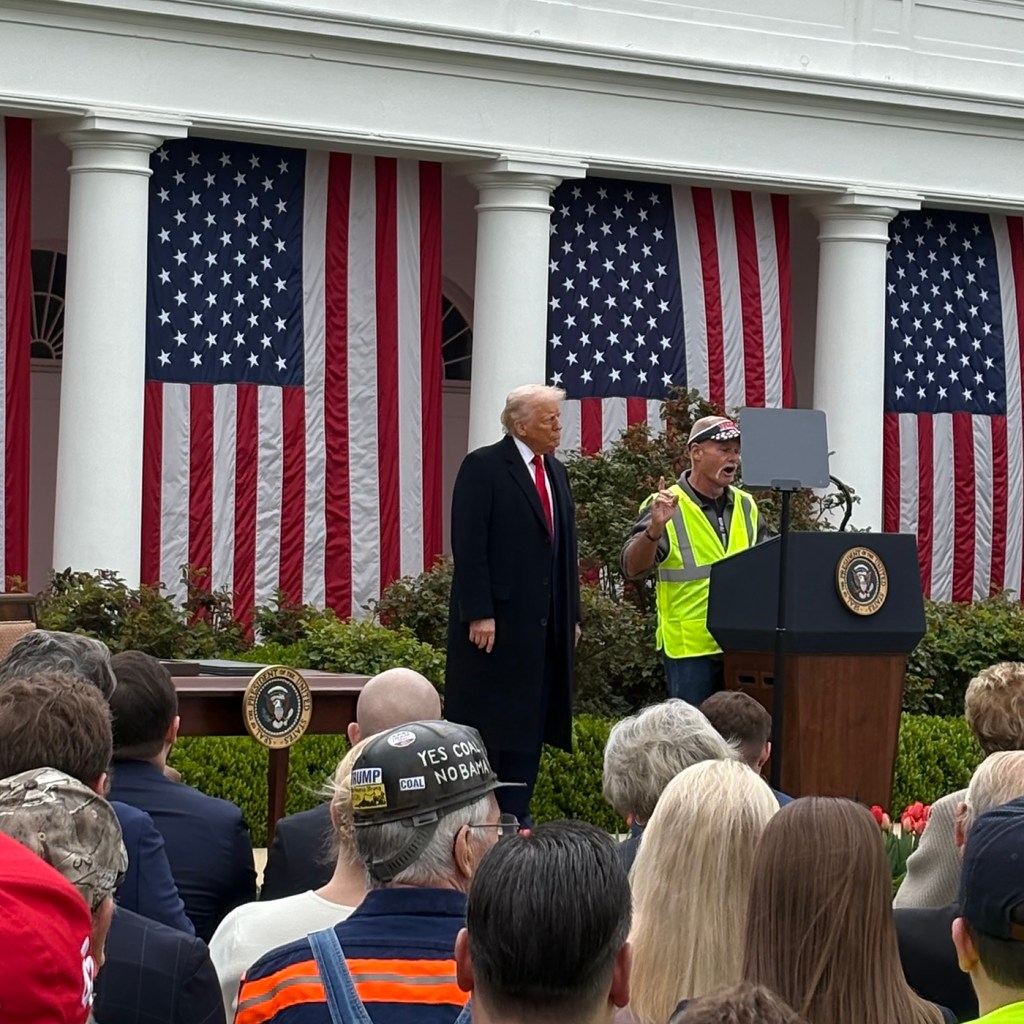
Secretary Noem posed for photos with workers before the ceremony, but the biggest line for a photo by far was with Vice President Vance, who had people lining far past the chairs to try to say hello. “We love you J.D.,” shouted the workers before the event, when he came out to the Rose Garden from the Oval Office. “You guys are so awesome,” the Vice President said back.
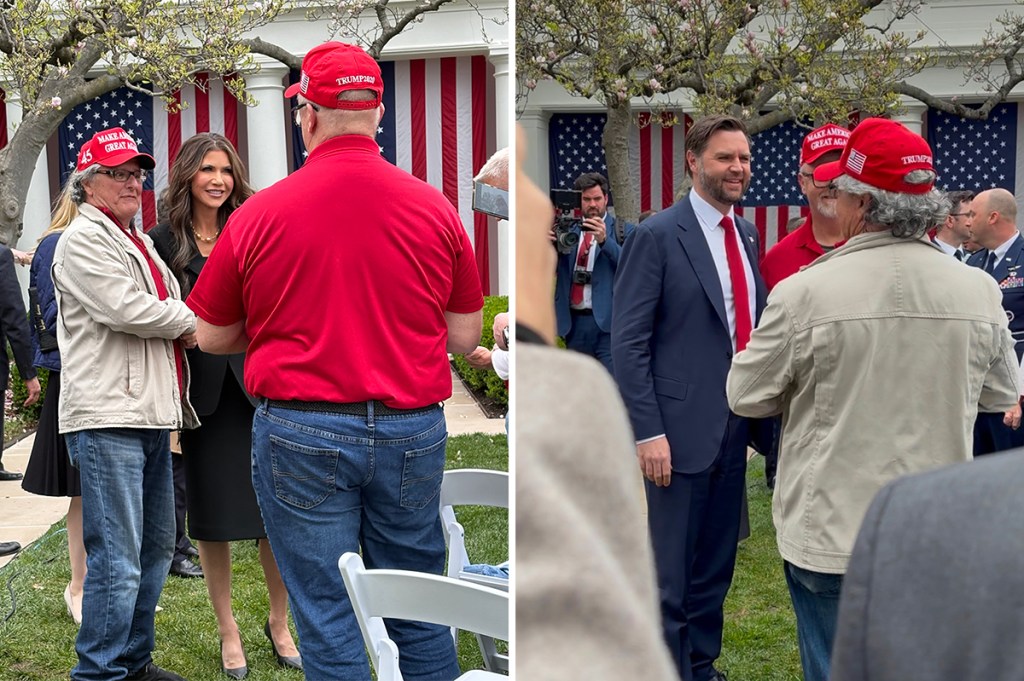
“We love you President Trump” was shouted just as loud when he walked down the steps into the garden. “Thank you for saving the auto industry.” When Trump noted in his speech that historically Democratic union voters had lent him their vote in the last election, the crowd exploded with cheers.
If the President’s goal is ultimately trade negotiation, and to abolish taxes on US goods being exported to other countries, it’s a rather inspired approach. His message to countries such as China, South Korea, the European Union or Japan is very clear: you can’t be mad about these tariffs without recognizing that your levies on US goods are notably higher. “In many cases the friend is worse than the foe, in terms of trade,” the President said. “We take care of countries all over the world,” specifically referencing defense spending. Now, though, “we’re going to take care of our people first.” This will be a hard message for other countries to reject out-of-hand. It requires engagement – and for them to come to the table.
The impact domestically, however, remains a much bigger gamble. Under the banner of “Make America Wealthy Again” the President reiterated his promise of “lower prices for consumers” – and some $6 trillion in revenue from the levies. “It’s our turn to prosper,” he said.
But who pays these tariffs remains a major clash between the administration and economists (and markets), who are preparing for some major costs to be levied on American businesses and consumers. It’s the strongest reason never to reciprocate with import levies: the costs fall on your own people in the form of more expensive materials and less access to cheaper goods.
Still, Team Trump will be hoping for a fast win tomorrow, if markets open higher than the doom-and-gloom storyline predicted. It’s possible, as markets rallied slightly towards closing today – though that may have been a response to the bar having been set so low. As investors prepared for the most aggressive tariff regime, Trump’s decision to opt for individual and “discounted” tariffs could see markets rally, simply because the news is not as bad as expected. Reestablishing certainty will help build confidence, too.
However, today’s news is a strong indication that other countries actually do have a say in the US tariffs on their goods – that is, they can lower their tariffs. This will give plenty of market-types some hope that Trump does not mean to keep these tariffs in place forever.
But the suggestion that tariffs can be negotiated does not add up with Trump’s promise that levies will raise trillions of revenue in the coming years. Nor would rolling them back do much to keep those union workers in the audience today in the MAGA camp. Those risks fall on top of the biggest one for Trump, and the American people: that the economic boom he always cites from his first term won’t be repeated. That Americans, if they fear harder and more expensive times ahead, will stop spending, stop investing. In the worst case, that tariffs could trigger an economic contraction at home.
For Trump, that’s a legacy issue. For people like the Vice President, it’s an opportunity issue. But these are not problems they’re engaging with on “Liberation Day.” As the President walked out of the Rose Garden to “God Bless America,” it was nothing but cheers and smiles from his most ardent supporters.



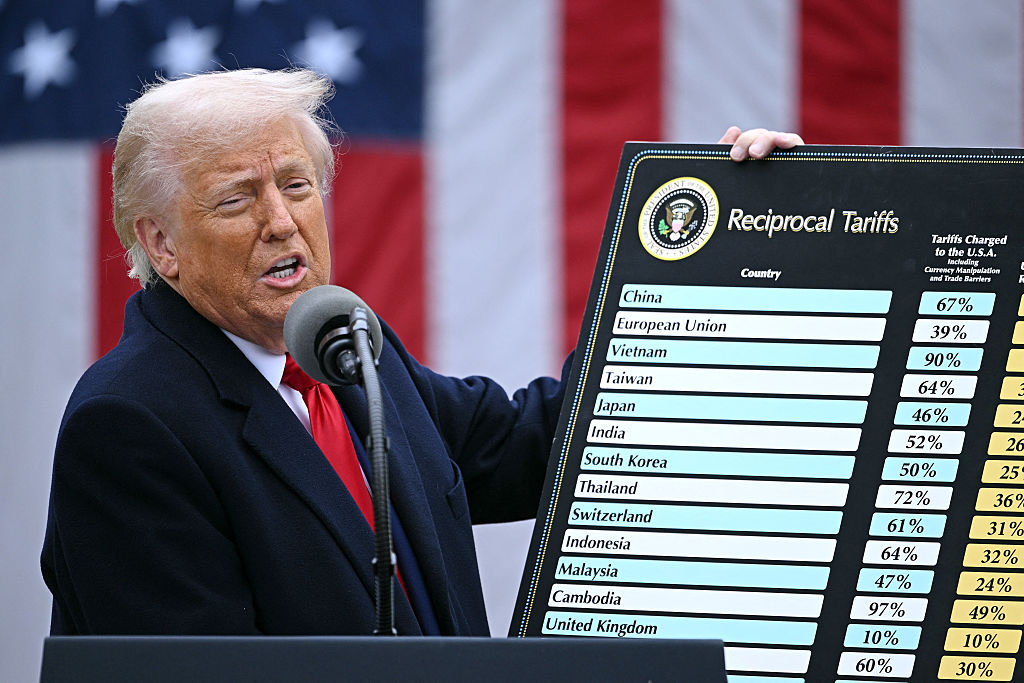






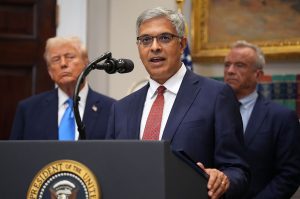
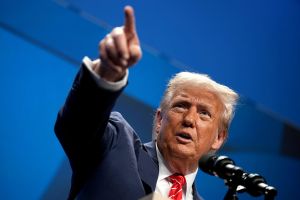
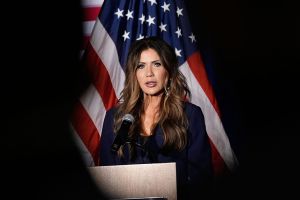
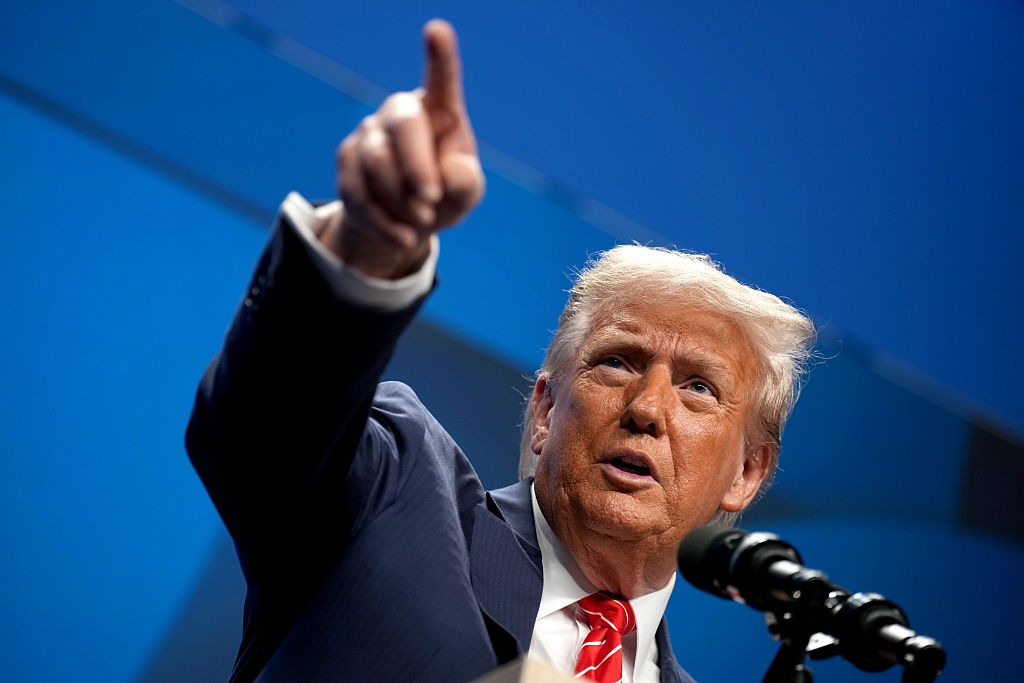
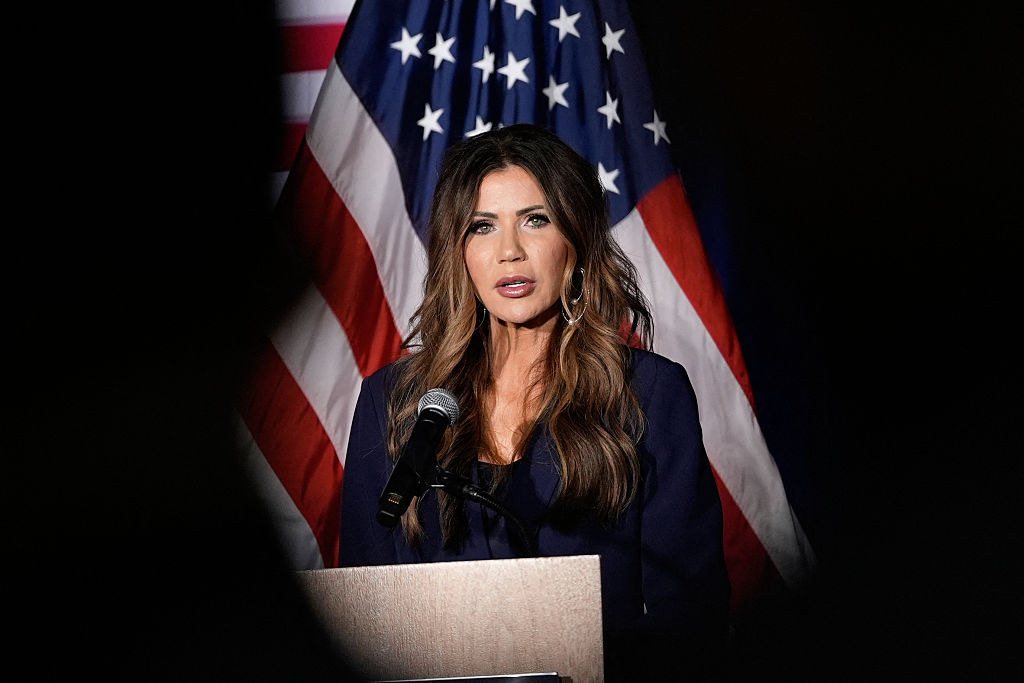
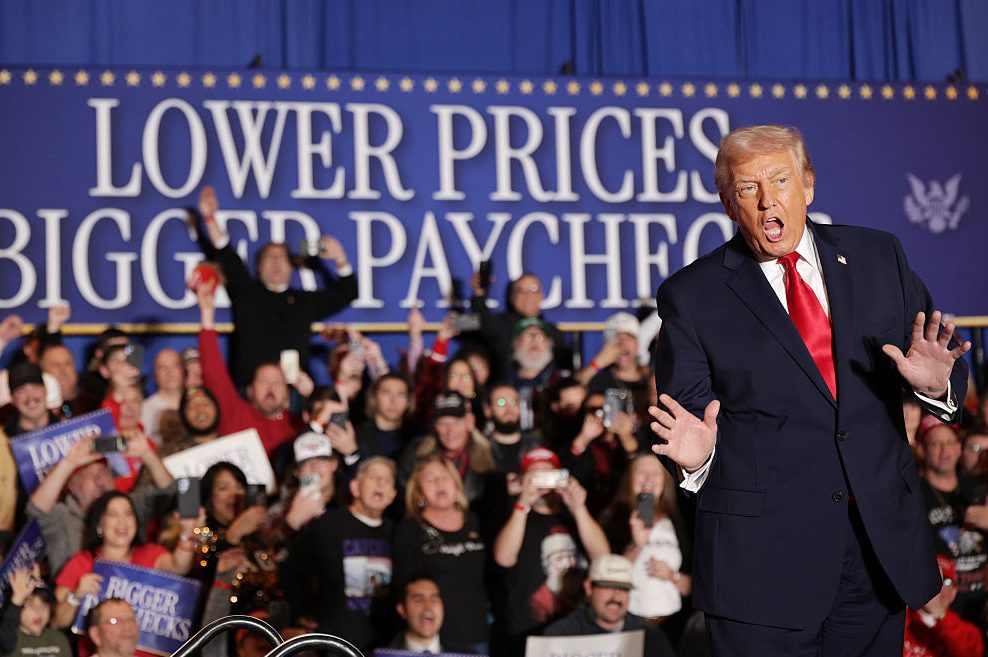
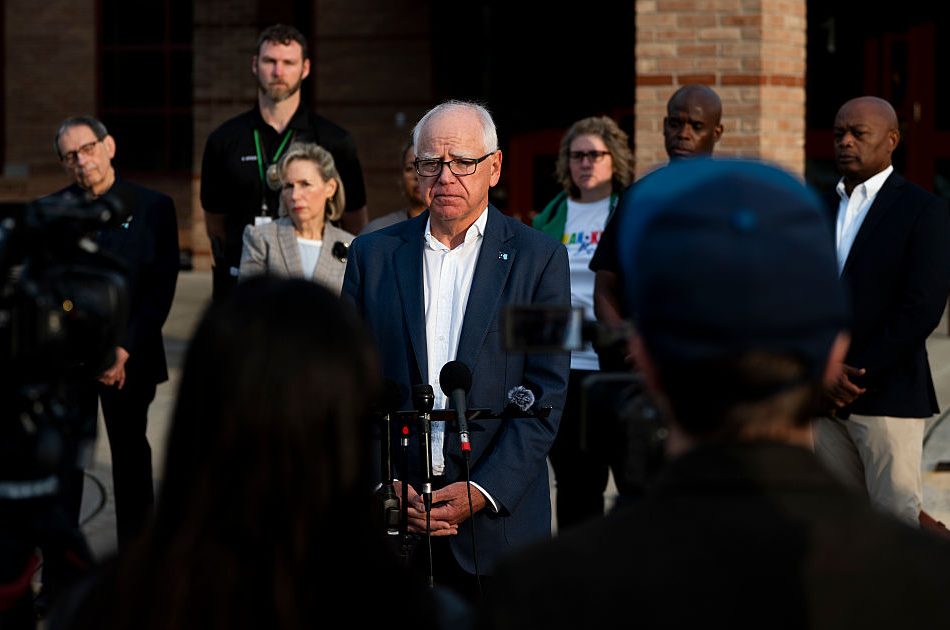
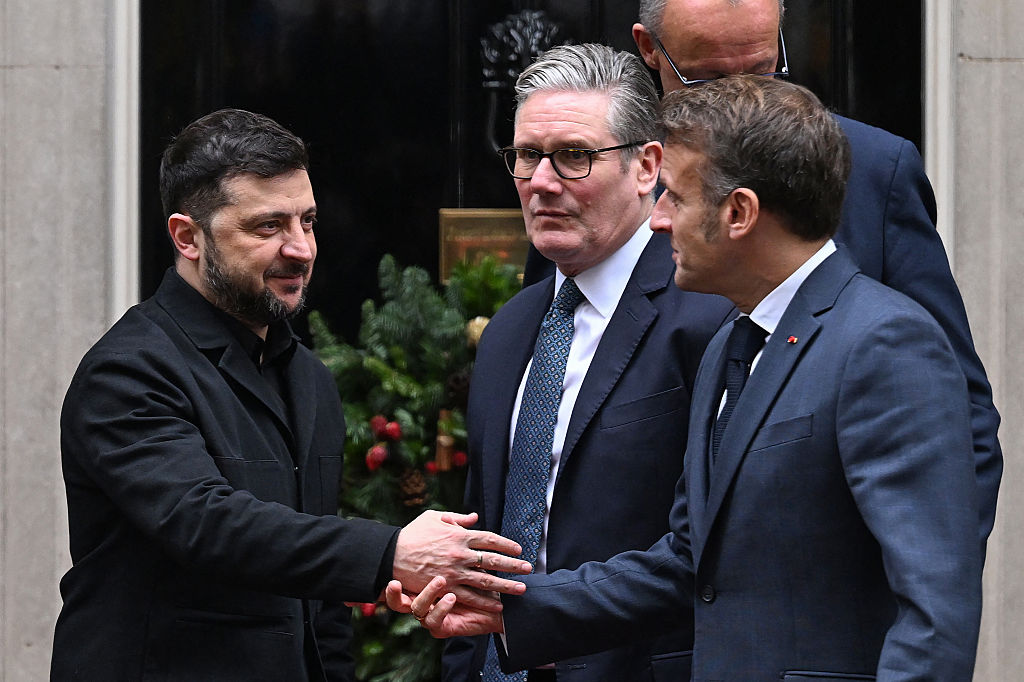


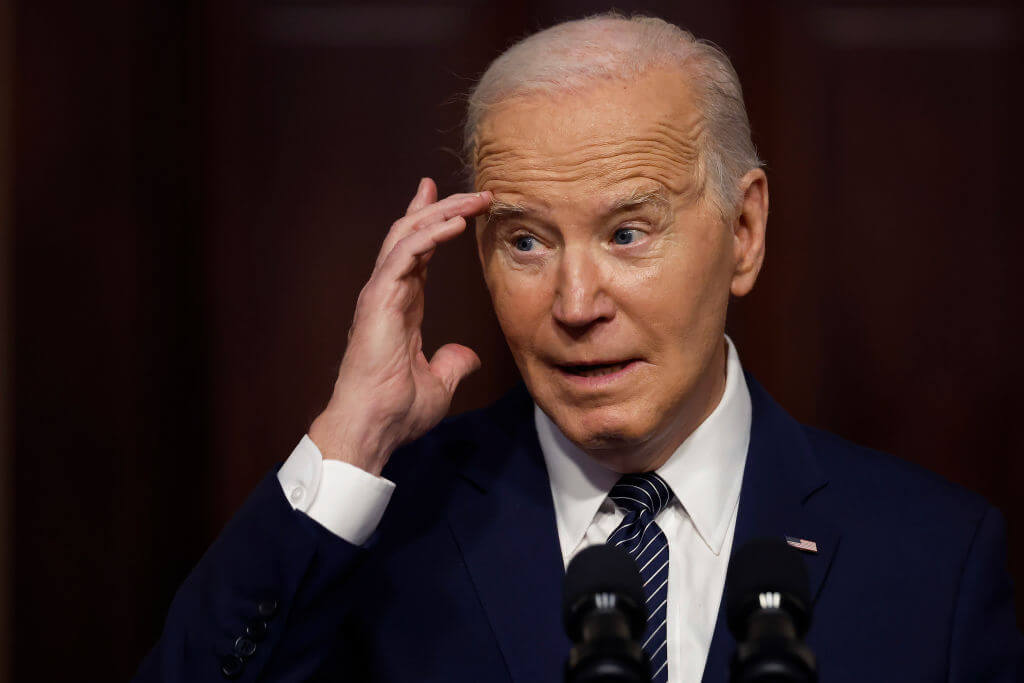



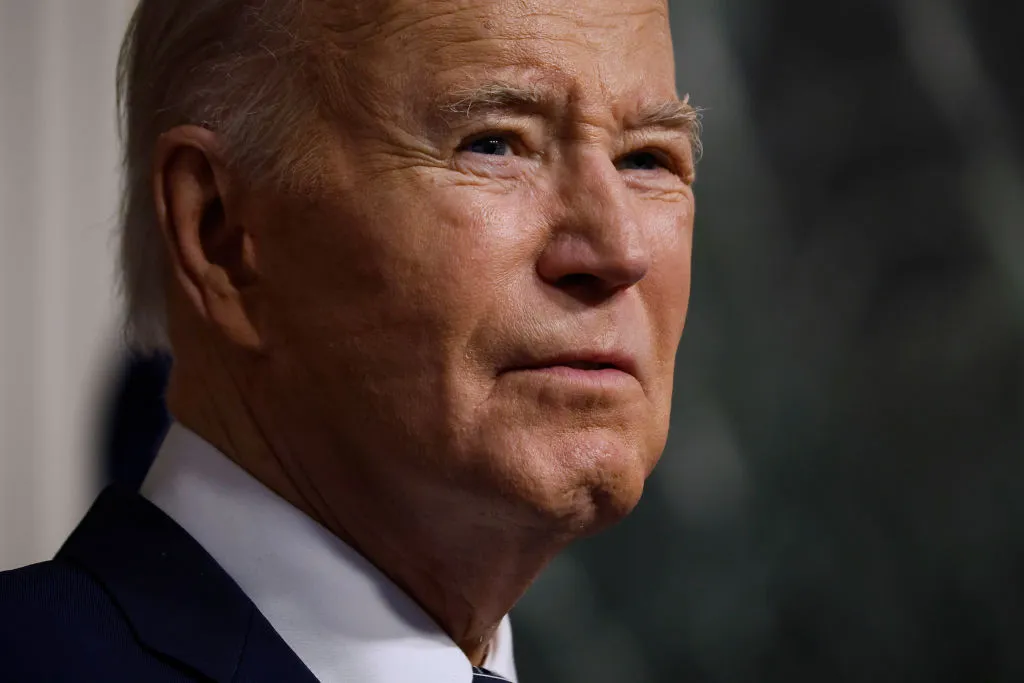

Leave a Reply